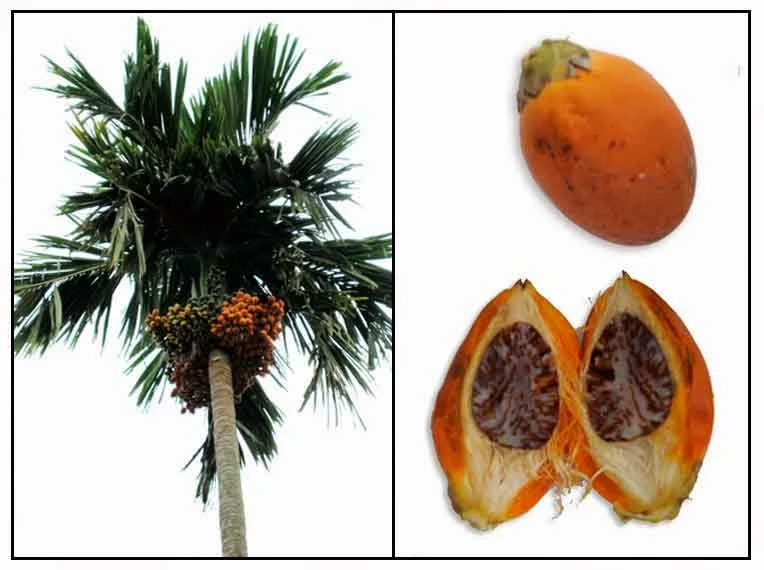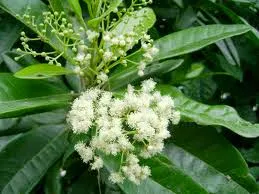By Liliana Usvat
Blog 183-365
These hardy, straight-trunked trees have large, sticky, fragrant buds. On the coast, black cottonwoods can reach 50 metres tall, but balsam poplars usually reach only 25 metres.
Medicinal and Other Uses

The Cree called balsam poplar Metoos and shredded the bark, obtaining a liquid extract used for coughs.
The Blackfoot called it As-si-tsix-in. They used the inner bark in smoking mixtures and as emergency horse food. The Blackfoot used to take the sap and rub it over their body when stalking horses to disguise the human scent. It has been reported that some Indians used the resinous bud to cure snow-blindness. It didn´t always work and the application was extremely painful.

The bark is a cathartic, tonic, stimulant, diuretic, alterative and expectorant. The buds have the same properties in addition to acting as a nephritic, demul-cent, emollient, vulnerary, counterirritant, antirheumatic and nutritive.

It is very soothing and healing to dry and inflamed parts, both internally and externally. As a soothing expectorant, Balm of Gilead is very effective in bronchitis.
For a dry cough or sore throat, take ½ teaspoon of the oil or ointment, mix with honey and lemon juice, and drink it. The oleo-resin can be used internally or externally, but only small amounts should be used internally. Externally, it is soothing to any skin irritation, cuts, bruises, rashes and pimples.
Made into a compounded ointment or oil, it is extremely good for any skin disease. Balm of Gilead is also effective in cleansing the blood and eliminating the cause of scurvy.
Growing across the northern reaches of North America, balsam poplar bears buds coated with a gooey, fragrant substance. In the drug industry, it’s called “balm-of-Gilead,” and as an expectorant, it becomes a constituent of cold medicine. It also keeps ointment from going rancid. Applied externally, it helps heal wounds.

First Nations people used the resin from buds to treat sore throats, coughs, lung pain and rheumatism. An ointment, called balm of Gilead, was made from the winter buds of balsam poplar to relieve congestion.

The buds contain a waxy resin with anti-infectant properties still used in many modern natural health ointments. Bees collect it and use it to seal off intruders, such as mice, which might decay and infect the hive.
The short, fine fibres are used in tissues and other paper products.
Notes

It is named cottonwood for the white hairs on mature seed which float through the air like wisps of cotton or snow.
Habitat
Poplars require ample moisture and plenty of nutrients to grow well. They favour floodplains and moist upland sites with lots of light. They do not grow well in the shade of other species.
Blog 183-365
These hardy, straight-trunked trees have large, sticky, fragrant buds. On the coast, black cottonwoods can reach 50 metres tall, but balsam poplars usually reach only 25 metres.
Medicinal and Other Uses

The Cree called balsam poplar Metoos and shredded the bark, obtaining a liquid extract used for coughs.
The Blackfoot called it As-si-tsix-in. They used the inner bark in smoking mixtures and as emergency horse food. The Blackfoot used to take the sap and rub it over their body when stalking horses to disguise the human scent. It has been reported that some Indians used the resinous bud to cure snow-blindness. It didn´t always work and the application was extremely painful.

The bark is a cathartic, tonic, stimulant, diuretic, alterative and expectorant. The buds have the same properties in addition to acting as a nephritic, demul-cent, emollient, vulnerary, counterirritant, antirheumatic and nutritive.

It is very soothing and healing to dry and inflamed parts, both internally and externally. As a soothing expectorant, Balm of Gilead is very effective in bronchitis.
For a dry cough or sore throat, take ½ teaspoon of the oil or ointment, mix with honey and lemon juice, and drink it. The oleo-resin can be used internally or externally, but only small amounts should be used internally. Externally, it is soothing to any skin irritation, cuts, bruises, rashes and pimples.
Made into a compounded ointment or oil, it is extremely good for any skin disease. Balm of Gilead is also effective in cleansing the blood and eliminating the cause of scurvy.
Growing across the northern reaches of North America, balsam poplar bears buds coated with a gooey, fragrant substance. In the drug industry, it’s called “balm-of-Gilead,” and as an expectorant, it becomes a constituent of cold medicine. It also keeps ointment from going rancid. Applied externally, it helps heal wounds.

First Nations people used the resin from buds to treat sore throats, coughs, lung pain and rheumatism. An ointment, called balm of Gilead, was made from the winter buds of balsam poplar to relieve congestion.

The buds contain a waxy resin with anti-infectant properties still used in many modern natural health ointments. Bees collect it and use it to seal off intruders, such as mice, which might decay and infect the hive.
The short, fine fibres are used in tissues and other paper products.
Notes

It is named cottonwood for the white hairs on mature seed which float through the air like wisps of cotton or snow.
Habitat
Poplars require ample moisture and plenty of nutrients to grow well. They favour floodplains and moist upland sites with lots of light. They do not grow well in the shade of other species.













